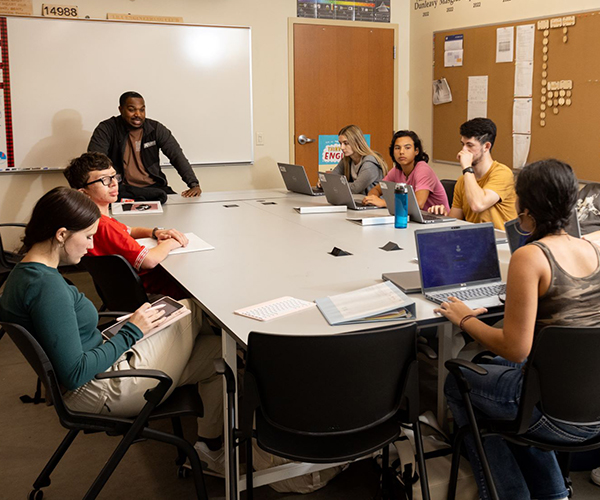The result is the Case Biology-Metroparks Zoo program, directed by graduate adviser Kristen Lukas, an adjunct professor in Case’s biology department and the curator of conservation and science at the zoo. The study focuses on the zoo setting and closely observes the care and health of wild animals in captivity. Case graduate and undergraduate biology students track the animals’ daily habits and activities.
For example, graduate student Grace Fuller studies the interactions of guenon monkeys; graduate student Elena Hoellein Less observes gorillas to determine how nutrition relates to their health; and graduate student Jenni Mueller measures the activity levels of elephants and rhinoceroses. Each student is asked to compare how closely the captive animals’ behaviors mimic their wild counterparts. The findings are used to improve the zoo animals’ environments by increasing opportunities to take part in “species-typical” behaviors.
Gorillas, for instance, live in the wild in groups of one male and multiple females. However, there is an equal gender ratio of gorillas in the zoo environment.
In order to best manage these primates, Lukas says the zoo studies the testosterone and cortizol levels of the male gorillas to determine the best way to manage male gorillas living together (14 U.S. zoos currently have all-male gorilla groups). The zoo’s findings have shown gorillas are not more stressed than their wild counterparts.
The studies also revealed that male gorillas between the ages of 8 and 12 are most likely to engage in play, says Lukas. “We introduce them to each other during that age because they are most playful and most likely to make friends,” she says.
Lukas, whose specialization is studying gorillas, serves as the chair of the gorilla Species Survival Plan. This organization applies the findings of programs such as the one at Case to the management and breeding of 368 gorillas at the country’s 51 zoos that have gorillas.
Some studies are used to assist animal research worldwide, with the Cleveland Metroparks Zoo spending $250,000 each year to support animal conservation programs worldwide. “We use the zoo’s collection as ambassadors to improve conservation projects in the wild,” says Lukas.
“Zoos are becoming more scientific,” adds Lukas, who says she hopes people grasp the value of this kind of scientific research. “We use science to better manage and conserve the animals.”
Trending
-
1
-
2
-
3
-
4
-
5










